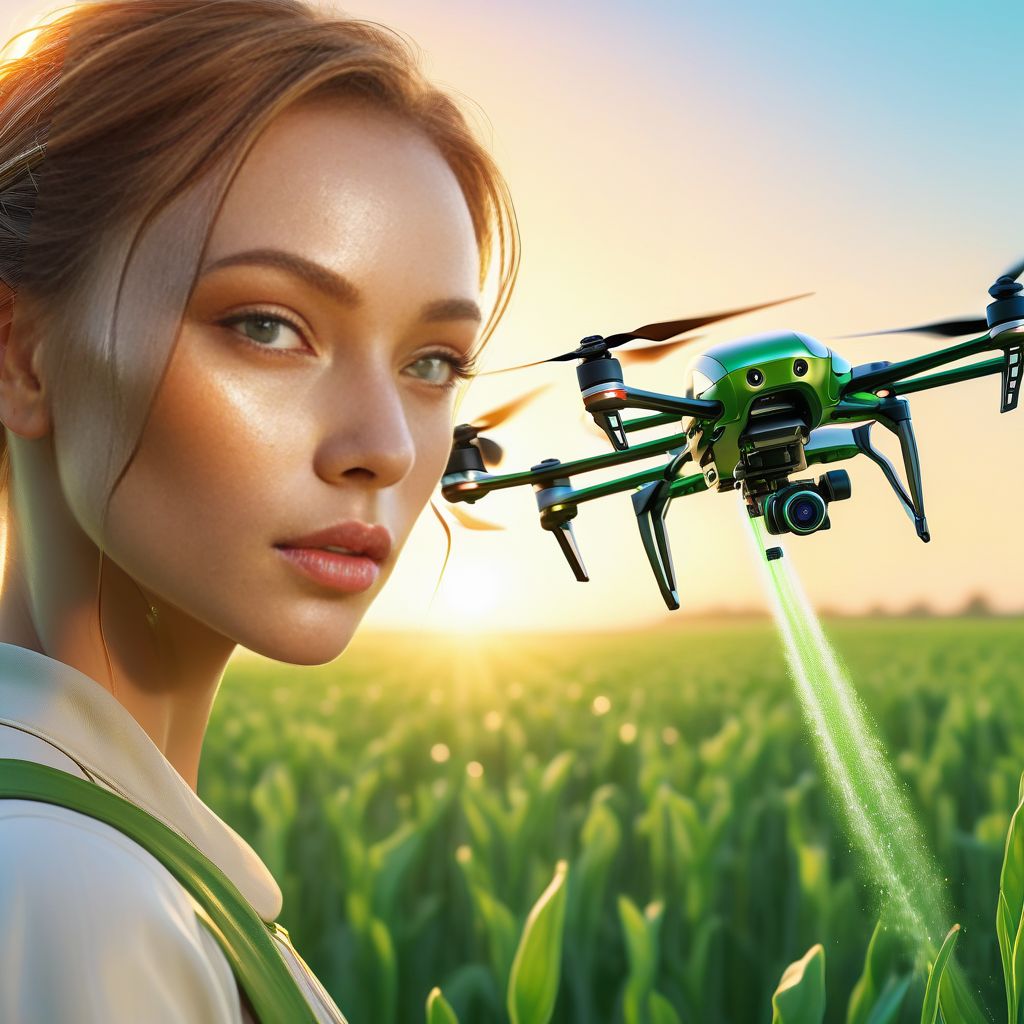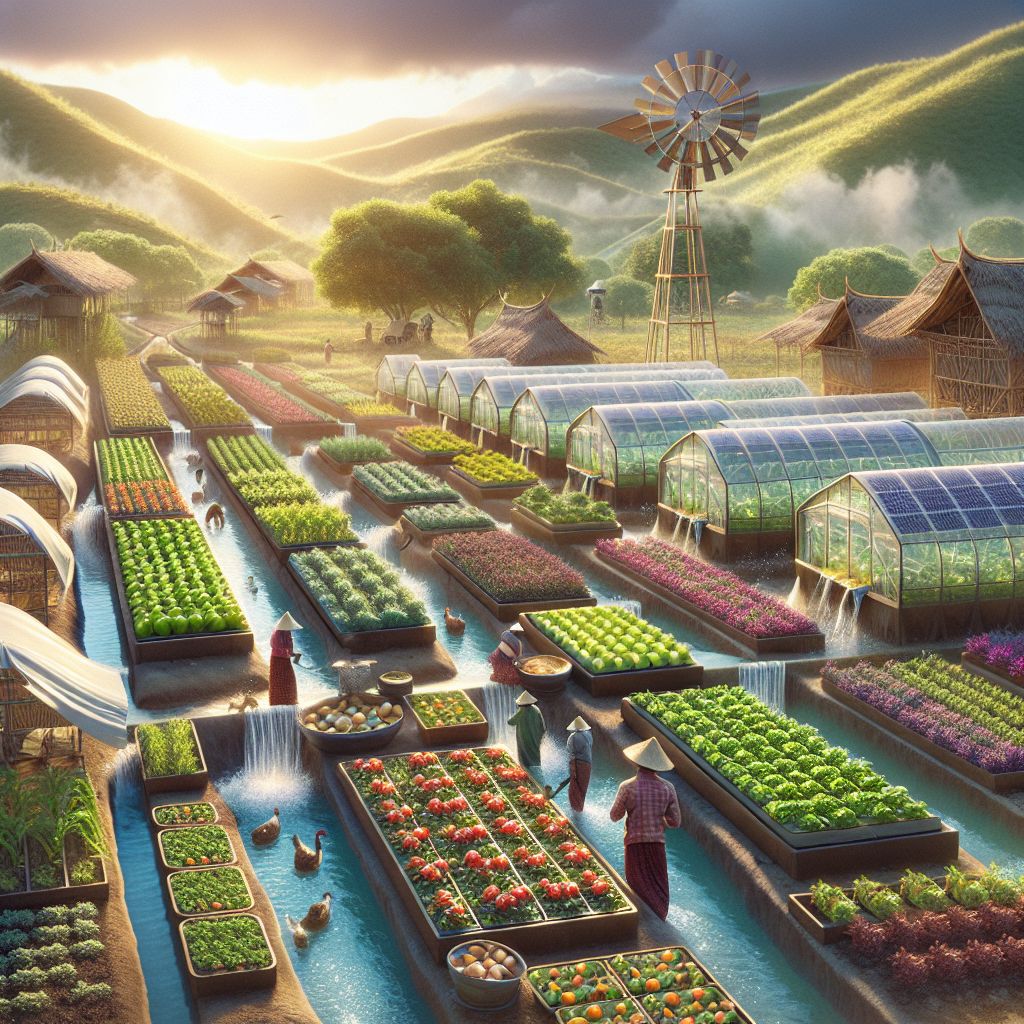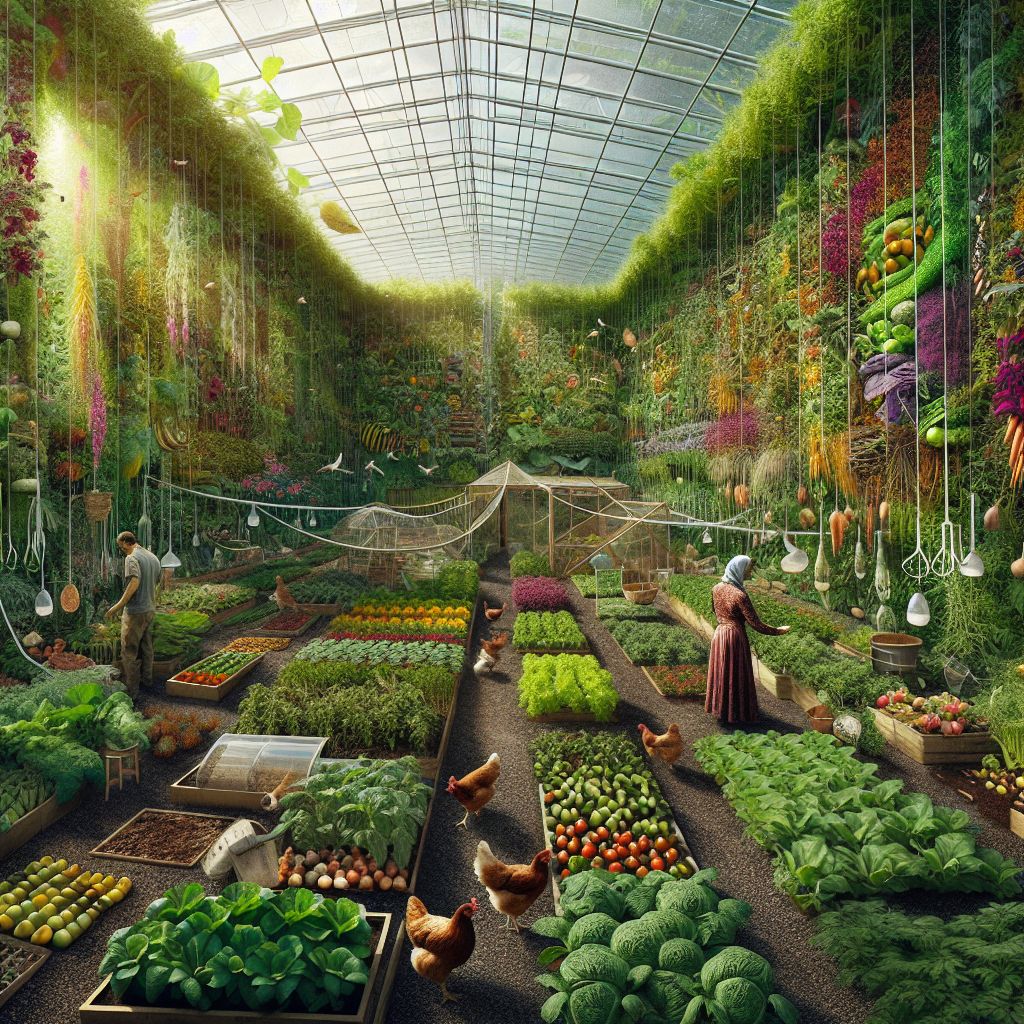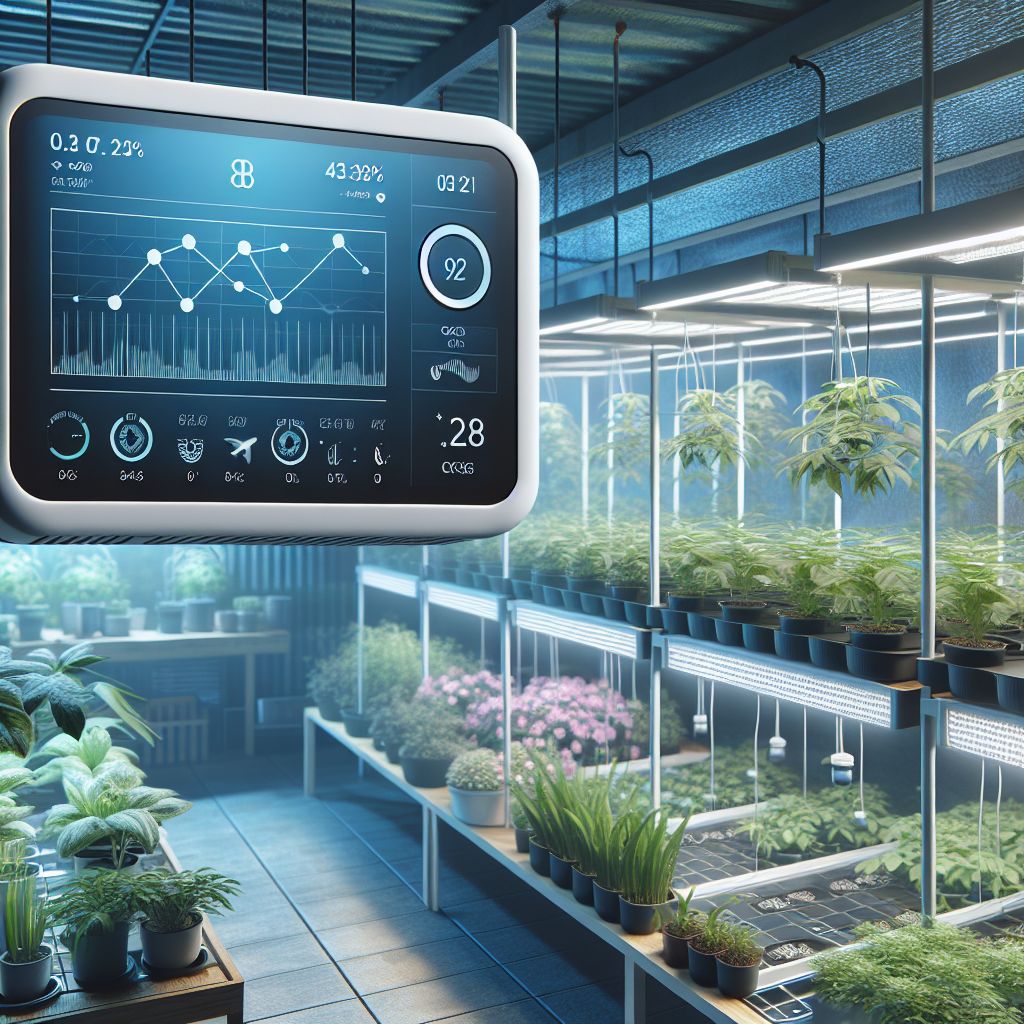Key Takeaways
- Greenhouse monitoring systems are essential for optimizing crop growth and maximizing yields.
- Key components include environmental sensors, user-friendly dashboards, and remote access capabilities.
- Integration with other agricultural systems and proactive alerts are crucial for a seamless growing experience.
- Choosing the right monitoring system involves assessing your needs, comparing costs versus value, and ensuring compatibility.
- Sharing your success with greenhouse monitoring software can inspire others and contribute to the agricultural community.
Features That Set Apart the Best Greenhouse Software
Greenhouse monitoring systems are not just a trend, they are the future of efficient farming. With the right software, you can keep your finger on the pulse of your greenhouse, ensuring your plants thrive in the perfect conditions. But what makes some systems stand out from the rest? Let’s explore the features that can transform your crop production.
Sensors and Data Accuracy: The Backbone of Precision Agriculture
Imagine having a team of tiny assistants in your greenhouse, each dedicated to monitoring different aspects of the environment. That’s essentially what you get with high-quality sensors. They are the backbone of any effective monitoring system, providing real-time data on.
- Temperature
- Humidity
- Soil moisture
- Light levels
But it’s not just about collecting data, it’s about accuracy. The best systems offer precision that allows you to make informed decisions, ensuring your plants get exactly what they need, when they need it.
User-Friendly Dashboards: Simplifying Complex Data
Having a wealth of data at your fingertips is fantastic, but it’s only useful if you can understand it. That’s where user-friendly dashboards come in. The top greenhouse software presents complex information in a way that’s easy to digest, so you can quickly spot trends and make adjustments without needing a degree in data science.
Most importantly, these dashboards should be customizable, allowing you to focus on the information that’s most important to you and your crops. Whether you’re concerned about the pH level of your soil or the air circulation in your greenhouse, the best dashboards put you in control.
Remote Accessibility: Stay Connected to Your Greenhouse Anytime, Anywhere
You can’t always be in your greenhouse, but with remote accessibility, you don’t need to be. This feature allows you to check in on your plants from any device with an internet connection. It’s like having a window into your greenhouse that you can look through at any time, from any place.
Whether you’re at home, in the office, or on vacation, the ability to access your greenhouse data remotely means you’re always just a few clicks away from ensuring your plants are healthy and happy.
Integration Capabilities: Creating a Seamless Agriculture Ecosystem
Your greenhouse doesn’t operate in isolation, it’s part of a larger ecosystem of agricultural tools and systems. The best greenhouse monitoring software plays well with others, integrating smoothly with your existing setup. This might include,
- Irrigation systems
- Climate control equipment
- Plant feeding solutions
Integration reduces manual work, minimizes errors, and creates a more efficient farming operation. It’s all about making sure the different parts of your agricultural system communicate effectively, just like a well-oiled machine.
Alerts and Notifications: Proactive Problem-Solving in Your Greenhouse
Things can change quickly in a greenhouse environment. A sudden temperature spike or a drop in humidity can put your crops at risk. That’s why the best monitoring systems include alerts and notifications that let you know the moment something needs your attention.
These proactive features can be the difference between a minor adjustment and a major loss, giving you peace of mind that your greenhouse is under constant watch.
Comparing Today’s Leading Greenhouse Monitoring Solutions
As a farmer, you know that not all greenhouse monitoring solutions are created equal. It’s crucial to choose a system that aligns with your specific needs and goals. Let’s take a look at some of the leading options available to you:
One popular solution stands out for its precision and user-friendly interface, allowing farmers to make data-driven decisions for their crops. Another offers unmatched integration capabilities, connecting seamlessly with various agricultural equipment and software. Yet another system is renowned for its robust remote access features, ensuring you’re always in the loop, no matter where you are.
Each of these solutions has its strengths, and the best choice for you depends on what you value most: precision, integration, or accessibility. Consider your priorities carefully to ensure you invest in a system that will truly enhance your crop yield.
- Precision: Choose a system that provides accurate and detailed environmental data.
- Integration: Look for software that can integrate with your existing agricultural technology.
- Accessibility: Prioritize systems that offer remote monitoring capabilities for convenience.
Main Components of a Greenhouse Environment
Understanding the main components of a greenhouse environment is essential for selecting the right monitoring system. The perfect greenhouse environment strikes a balance between various factors that affect plant growth.

Sensors for IoT Environmental Monitoring
Internet of Things (IoT) sensors are revolutionizing the way we monitor greenhouse conditions. These sensors collect data on:
- Temperature
- Humidity
- CO2 levels
- Light intensity
By leveraging IoT technology, you can have a comprehensive overview of your greenhouse’s environmental conditions in real-time, which is invaluable for ensuring optimal plant growth.
Installing sensors in a Greenhouse
Installing sensors in your greenhouse is a straightforward process, but it requires careful planning. You’ll want to place sensors at various points to get a full picture of the environment. Consider the following steps.
- Identify key areas that impact plant growth, such as near the canopy and root zone.
- Ensure sensors are out of direct sunlight and away from irrigation to avoid skewed readings.
- Connect sensors to your monitoring system, following the manufacturer’s instructions.
Proper installation is critical for obtaining accurate data that will inform your decisions and ultimately improve your crop yield.
Advantages of Smart Greenhouse Automation
Smart greenhouse automation brings a host of advantages that can elevate your farming practice.
- Efficiency: Automated systems optimize resource use, reducing waste and saving time.
- Consistency: Automation ensures consistent environmental conditions, which is key for crop quality.
- Insight: Data collected from automated systems can reveal insights into plant growth patterns and potential improvements.
Embracing automation is a game-changer for greenhouses, leading to healthier plants and higher yields.
Step-by-Step Guide to Choosing Your Monitoring Software
Now that you’re familiar with the benefits of greenhouse monitoring systems, let’s walk through how to choose the one that’s right for you.
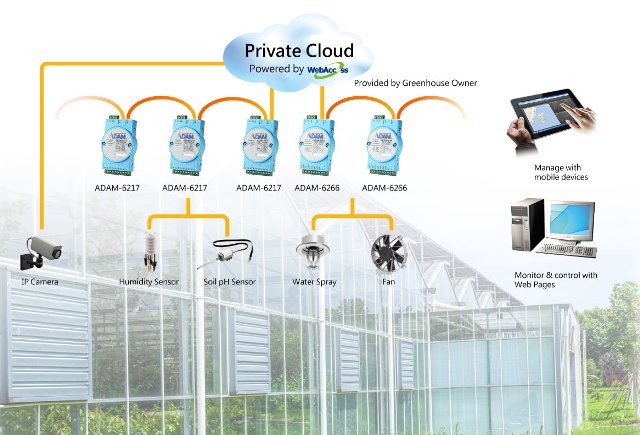
“SPHINX COMPUTER – Remote Monitoring …” from www.sphinxcomputer.com
Assessing Your Greenhouse’s Unique Needs
Every greenhouse is different, and so are its needs. Start by assessing the following,
- The size of your greenhouse and the types of plants you grow
- Your existing equipment and any compatibility requirements
- Your technical expertise and the level of support you’ll need
This assessment will help you narrow down your options to find a monitoring system that’s tailored to your specific situation.
Comparing Cost vs. Value in Monitoring Systems
When evaluating greenhouse monitoring systems, it’s important to look beyond the initial cost. Consider the value the system will bring to your operation over time,
- Will it reduce labor costs?
- Can it increase your crop yield and quality?
- Does it offer features that will save you time and resources?
By comparing cost versus value, you can make a smart investment that pays off in the long run.
Ensuring Compatibility with Your Current Set-Up
Before making a final decision, ensure that the monitoring system you’re considering is compatible with your current greenhouse set-up. This includes:
- Checking that the software can integrate with your existing equipment
- Verifying that the system supports the communication protocols you use
- Confirming that you have the necessary infrastructure, such as a reliable internet connection
Compatibility is key to a smooth implementation and operation of your new monitoring system.
Integrating Analytics into Your Growth Strategy
Now, let’s talk strategy. The data you gather from your greenhouse is more than just numbers—it’s the roadmap to your farm’s future. Integrating analytics means using this data to make strategic decisions that lead to better crop yields and higher quality produce. Here’s how you do it.
- Analyze the data trends over time to understand the needs of your crops.
- Adjust your environmental controls based on what the data tells you.
- Experiment with small changes and measure their impact on plant growth.
By integrating analytics into your growth strategy, you turn information into action, and action into results.
Join the Community of Forward-Thinking Growers
Remember, you’re not alone in this journey. There’s a whole community of forward-thinking growers out there, leveraging greenhouse monitoring systems to push the boundaries of what’s possible in agriculture. By joining this community, you can share insights, learn from the experiences of others, and continue to grow both as a farmer and a business owner.
So, where can you find these like-minded individuals? Look for online forums, social media groups, and agricultural technology conferences. Networking with peers can lead to new ideas and opportunities that you might not have discovered on your own.
FAQ on Crop Growth Analytics
Before we wrap up, let’s address some common questions you might have about greenhouse monitoring systems.
What Makes a Greenhouse Monitoring System ‘Smart’?
A ‘smart’ greenhouse monitoring system is one that uses advanced technology to automatically adjust the environment based on the data it collects. It’s ‘smart’ because it,
- Learns from the data and makes predictive adjustments.
- Integrates with other systems for a fully automated greenhouse.
- Provides you with detailed analytics to support decision-making.
It’s not just about monitoring, it’s about responding intelligently to the needs of your plants.
Can Monitoring Software Assist with Pest Management?
Absolutely. Monitoring software can be a powerful tool in your pest management arsenal. By tracking environmental factors like humidity and temperature, you can create conditions that are less favorable for pests and more favorable for your plants. Plus, some systems can even integrate with cameras and other sensors to detect the presence of pests early on.
How Does Cloud-Based Storage Benefit Greenhouse Monitoring?
Cloud-based storage is a game-changer for greenhouse monitoring because it,
- Allows you to access your data from anywhere, at any time.
- Provides a secure backup for your valuable environmental data.
- Enables easy sharing of data with consultants or team members.
This kind of accessibility and security is essential for modern greenhouse management.
Is it Worth Investing in High-End Sensors?
Investing in high-end sensors can provide you with more accurate data, which can lead to better decision-making for your greenhouse. While the upfront cost may be higher, the potential for increased yields and improved crop quality can quickly offset this investment. It’s all about long-term value and precision agriculture.
How can I Share My Success with Greenhouse Monitoring Software?
If you’ve seen great results with your greenhouse monitoring system, sharing your success can inspire others and contribute to the community. You can,
- Write a case study or blog post detailing your experience.
- Share your results on social media or agricultural forums.
- Speak at local farming events or webinars.
By sharing your story, you not only help others but also establish yourself as a thought leader in the agricultural tech space.

